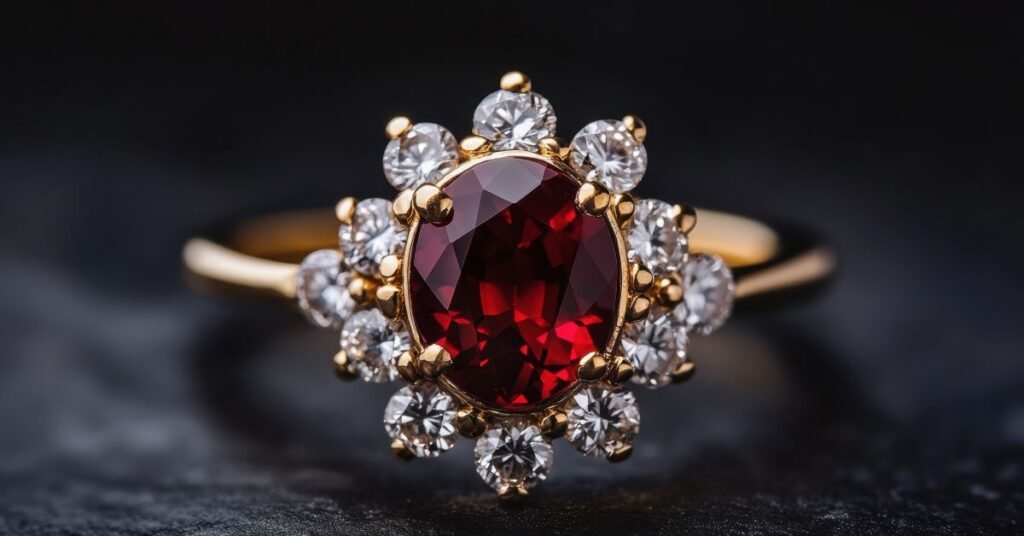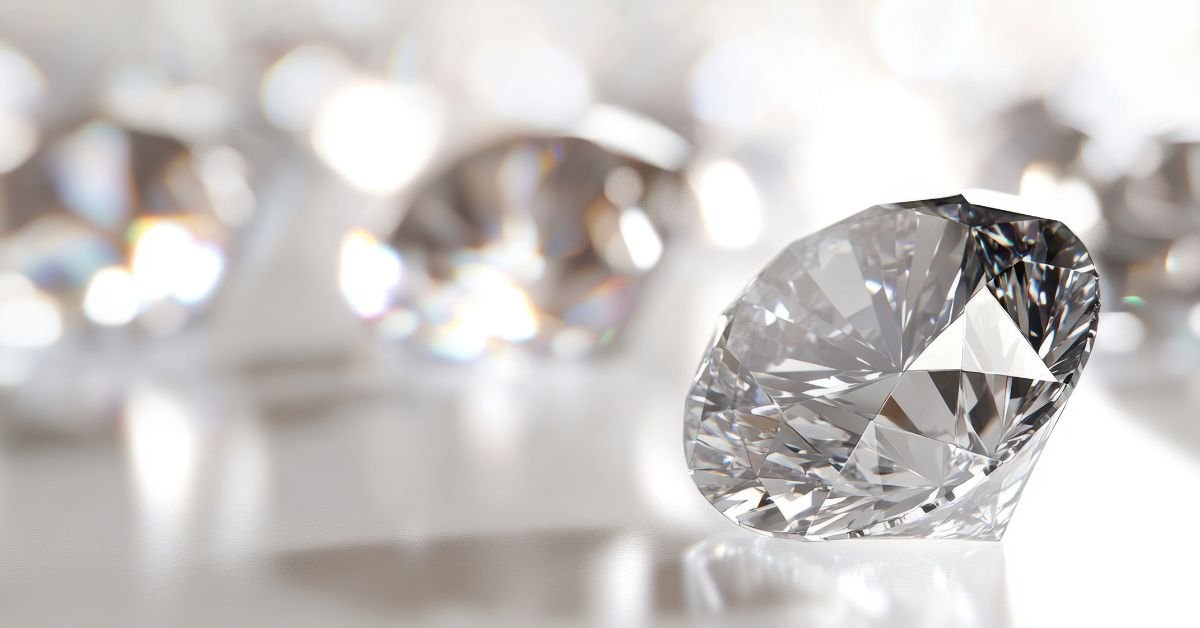The diamond market today
The global diamond market has long been dominated by natural diamonds, traditionally mined and valued for their rarity. But the industry is shifting. Consumers are questioning the price, ethics, and environmental impact of mined diamonds, creating space for a new form of investment.
Why lab-grown diamonds are gaining attention
Lab-grown diamonds are created using advanced production methods that replicate the same chemical structure as natural diamonds. With lower cost, strong quality, and sustainable appeal, they are a growing trend in both jewelry and investment markets.
What Are Lab-Grown Diamonds?
How they are created (HPHT, CVD)
Lab-grown diamonds are created through HPHT (High Pressure High Temperature) or CVD (Chemical Vapor Deposition). Both methods reproduce the carbon conditions under which natural diamonds are formed, ensuring the same properties as their mined counterparts.
Differences from natural diamonds
The main difference is origin. Natural diamonds are mined from the earth, while lab-grown diamonds are synthetic, developed in controlled labs. Both share identical color, hardness, and cut, making them nearly indistinguishable without special industry tools.
Quality, color, and cut
Advances in production allow lab-grown diamonds to achieve high quality. They are available in many colors, cuts, and carat sizes. This flexibility offers consumers more choice when selecting an engagement ring, earrings, or other jewelry.
Investing in Lab-Grown Diamonds
Current value and market prices
The price of lab-grown diamonds is typically lower than natural diamonds, making them more accessible. However, as the market matures and demand grows, prices may stabilize and increase, creating potential for investment.
Growth potential and industry trends
The lab-grown diamond industry shows significant growth. With increasing demand, expanding production, and sustainable appeal, the future looks promising. Analysts highlight trends in consumer interest and eco-conscious jewelry as key growth drivers in the coming years.
Comparison with natural diamonds
While natural diamonds are prized for rarity and heritage, lab-grown diamonds compete with good quality, lower cost, and sustainable appeal. The challenge remains their resale value, as consumers still associate natural with higher investment stability.
Lab-grown diamonds vs. moissanite
Though both are synthetic, moissanite is a different gemstone. It offers brilliance at a lower cost, but lacks the true diamond properties. For those wanting authenticity and investment potential, lab-grown diamonds are closer to natural diamonds.
Advantages of Lab-Grown Diamonds
Lower cost and accessibility
Lab-grown diamonds are typically 30–40% lower in price than natural stones. This means consumers can buy larger carat rings or earrings without sacrificing quality.
Reduced carbon footprint and sustainability
Because they aren’t mined, lab-grown diamonds generate far less carbon pollution. Their sustainable production reduces environmental harm, making them the ethical choice for eco-conscious consumers.
Ethical choice for consumers
Unlike mined diamonds, which can raise concerns about sourcing and human rights, lab-grown diamonds are transparent and traceable. This ethical advantage strengthens their role in the jewelry market and aligns with growing consumer expectations.

Risks and Limitations of the Investment
Resale value and liquidity challenges
The biggest challenge is resale. While lab-grown diamonds are valuable as jewelry, their investment market is young, and resale prices can be unpredictable.
Market demand and consumer perception
Though demand is increasing, some consumers and parts of the industry still view natural diamonds as superior. This affects market stability and investment growth.
Uncertainty of long-term prospects
The future of lab-grown diamonds as a stable investment remains uncertain. Rapid production growth, shifting consumer preferences, and evolving industry trends mean the next 10–20 years will determine their true investment potential.
Lab-Grown Diamonds in Jewelry
Engagement rings and popular designs
Engagement rings are the top use of lab-grown diamonds today. With good color, cut, and quality, couples can choose larger carat rings and earrings at a lower cost.
Consumer and industry reactions
Consumers value the affordability and ethical story, while jewelers see a rapidly growing market segment. Many jewelry brands now promote sustainable and synthetic stones alongside natural diamonds.
Changing preferences over the years
Over the years, preferences have shifted. Rising awareness of environmental issues and ethical sourcing is pushing consumers toward lab-grown diamonds, signaling a lasting trend in the diamond industry.


Leave a Reply